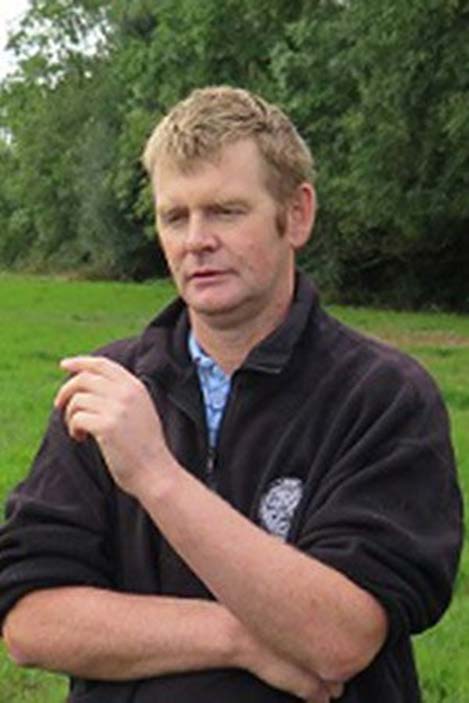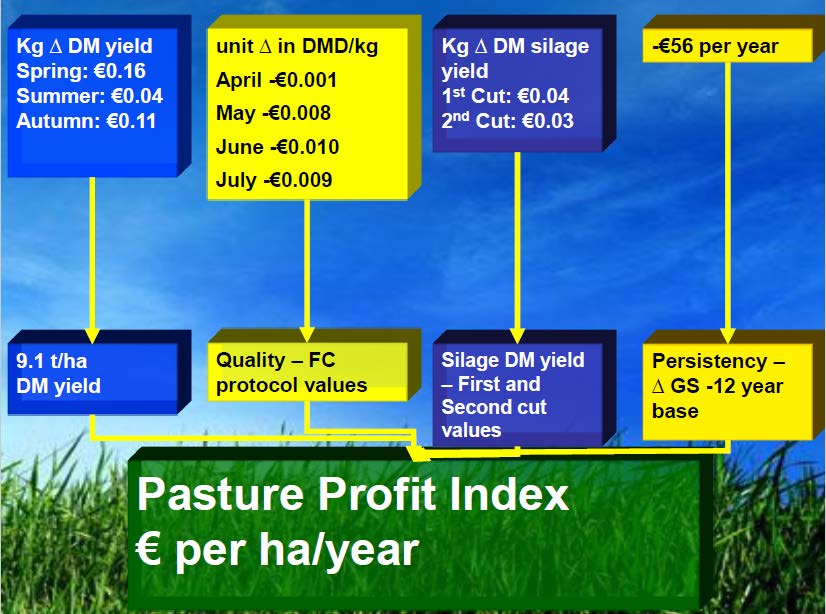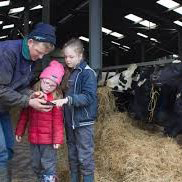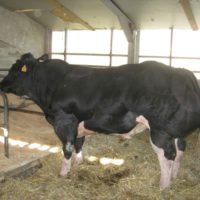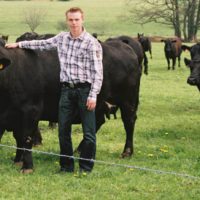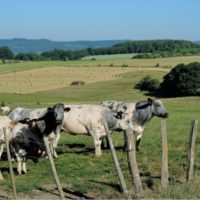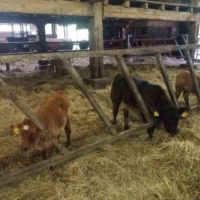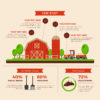Description
Background
- Name: John McNamara
- Enterprise: Dairy Farmer
- From: Hospital, Co. Limerick
- Farm Size: 116Ha (78Ha Milking Platform)
2017
- Annual Tonnage: Avg 16T Grass DM/Ha
- Grazings: 8.5 Grazings/Paddock/Year
- Stocking Rate: 3 LU/Ha (Milking Platform). 2.7LU/Ha (Whole Farm)
- KgMS/Ha: 912 KgMS/Ha (Whole Farm)
John is the 2018 Overall & Dairy Grassland Farmer of the Year. John farms with his wife Olivia just outside Hospital, Co. Limerick. They grew an average of 16T Grass DM/Ha whilst achieving an average of 8.5 grazings per paddock on their farm in 2017. Whilst they excel in all areas of grassland management they put particular focus on building their grazing infrastructure and reseeding lower performing paddocks.
Detailed description
Pasture Profit Index – Overview
Total merit index developed to assist in cultivar selection
- Assigns an economic value to important traits of grass performance
- Define the total economic merit of a cultivar (€ per ha per year)
- Rank cultivars on Total Economic Merit
Traits of importance:
- Seasonal DM yield
- Quality
- Silage DM Yield
- Persistency
Focus on important traits for an Irish grass based production system.
When the decision to reseed is made, the next major decision is selecting the most appropriate grass cultivar or cultivars. The first thing to consider is the primary target use of the field. Is it predominantly grazing or is it generally used as a silage paddock?
How much tetraploid should be used? A balance between quality, dry matter productivity and sward density is generally what must be achieved.
Combining diploids and tetraploids in a mixture will create a dense, high quality sward – ensure you select cultivars which express high performance in the key traits. Increasing the proportion of diploids on heavier soils is recommended to create better ground cover.
Adoption criteria
- Discussion group and advice
- A grass based system
- A robust system to cope with low milk price years
- Soil fertility
- Reseeding programme
- Grassland measurement
Future prospects
John uses monocultures and mixtures from varieties from the Pasture Profit Index to ensure that:
- Maximum grass output per ha is achieved on the farm
- Grass quality is excellent so paddocks can be grazed down to 4 cm throughout the grazing season
- Maximum milk solids per cow can be achieved on the farm from grass and 600 kg concentrates per year

